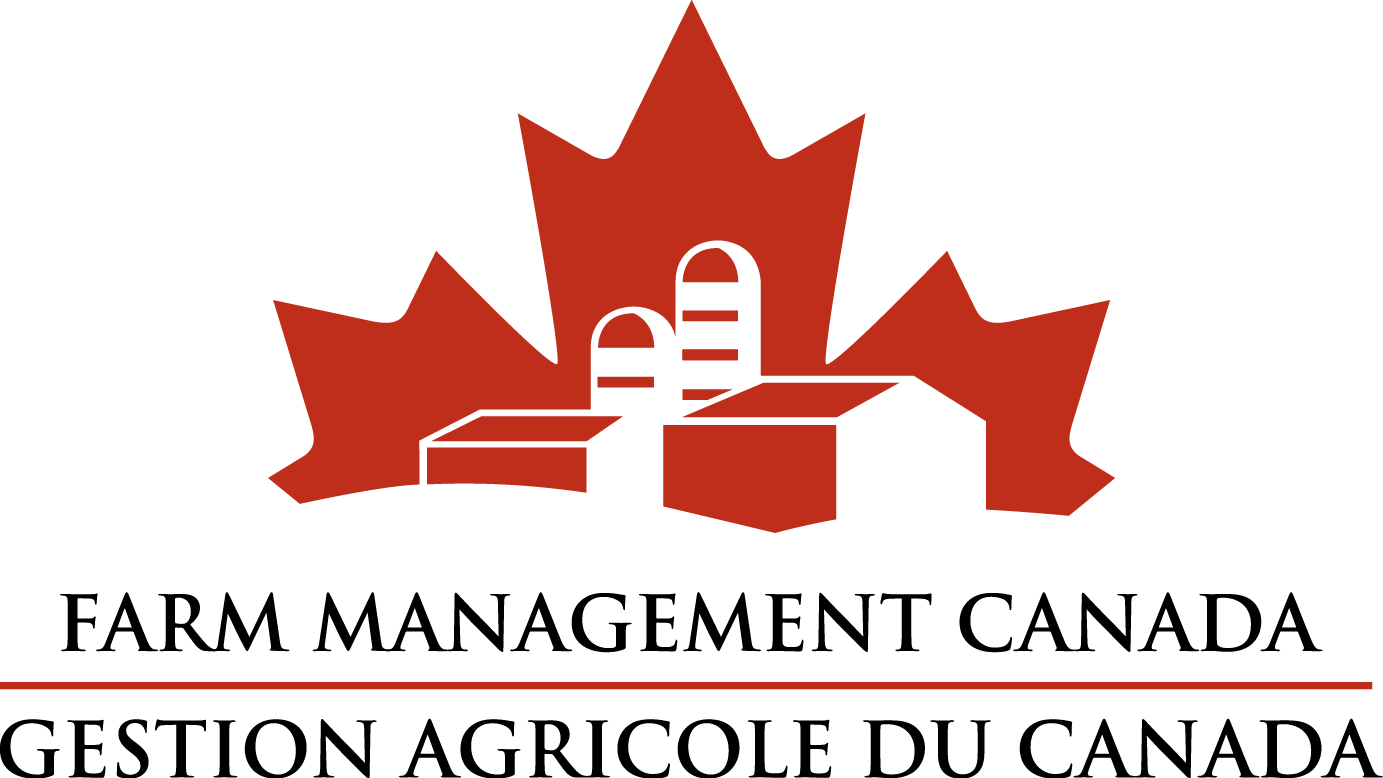With hundreds and hundreds of corn hybrids for sale in Ontario, and many different Bt transgenic components existing in many of those hybrids, managing refuge requirements as part of an Insect Resistance Management plan can be difficult for farmers. The downside risk, if not properly managed, is that targeted insects may eventually develop resistance to overcome the Bt protein bred into the hybrids. The Canadian Corn Refuge Hybrid Selector was developed to help farmers manage their refuges.
“The main reason the tool was developed is because there are so many different hybrids and many more new ones every year. It was getting difficult for farmers to decide on refuge hybrids and refuge size,” says Cara McCreary, acting field crop entomologist and program lead with the Ontario Ministry of Agriculture, Food and Rural Affairs.
The web-based selector allows farmers to select their Bt hybrid or trait of choice, and the field size. The selector then provides a list of potential refuge hybrids, along with information on refuge size, location, treatment options and herbicide tolerance.
Planting and maintaining a refuge is an important part of managing insect resistance. Currently, if growing Bt hybrid corn, farmers must plant a refuge with non-Bt hybrid in a specific size and location. This varies by Bt hybrid trait and which insect is being controlled:
- Refuge for ECB Bt Hybrids must be within 400 metres (1/4 mile) of the Bt field.
- Refuge for CRW Bt Hybrids or stacked ECB & CRW Bt hybrids must be planted within or adjacent to the Bt field in a field with the same crop rotation history.
- DO NOT mix Bt and non-Bt corn seed on farm at/or before planting.
- Conventional or single trait herbicide tolerant corn hybrids can be used if they are of similar maturity and agronomics as the Bt corn hybrid (within 100-150 CHU). They must also be planted at the same time as the Bt corn.
- There are several refuge planting options available depending on the shape of your field and distance that the refuge needs to be planted.
Bt corn refuge compliance falling
A recent report on Bt corn production and refuge compliance was completed by AgData Canada for the 2009 growing season. It found that while the use of Bt corn hybrids continued to grow, the compliance level for maintaining proper Bt refuges was falling.
Bt corn hybrids were planted on 2.6 million acres in Ontario, Quebec and Manitoba in 2009, 25% more acres than in 2007. Bt corn as a percentage of total corn acres went from 53% of planted acres in 2007 to 74% in 2009. Between 2007 and 2009, the percentage of corn growers planting Bt corn increased from 70% to 94%.
Unfortunately, associated with this increase in Bt corn has been a decline in the percentage of Bt corn growers leaving an adequate refuge area (20%). Compliance levels have steadily declined from 85% in 2003 to 61% in 2009.
- Younger growers were more compliant with 76% of Bt corn growers in the under-35 age group in compliance.
- More than 90% of growers were aware of the critical 20% refuge size and proximity requirements.
- A higher percentage of Bt corn growers in 2009 said they found it more difficult to meet the requirements.
- The top two stated reasons were the problems growers experience with switching hybrids at planting time and the sacrifice they believe they are making on yield when they plant a non-Bt corn refuge.
“The drop in compliance is surprising. I think that some farmers feel that the refuge system may be too complicated and with many hybrids to choose from, it becomes confusing,” says McCreary. “The selector tool should help.”
The selector tool was developed as a collaborative project of the Ontario Corn Committee, the Canadian Corn Pest Coalition, and the Canadian Seed Trade Association. It can be accessed at www.refugeselector.ca.
“With so many different Bt traits available to farmers, management can be confusing, and this tool helps sort through all of the options while ensuring proper resistance management,” says Cara McCreary.
Contact:
Cara McCreary, OMAFRA
Ph: 519 674-1696
Email: [email protected]
Jocelyn Smith, University of Guelph
Ph: 519-674-1500 x63551
Email: [email protected]
WEBLINKS:
